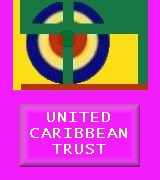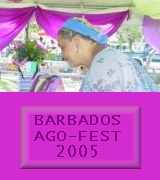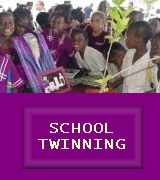
 |
Contact usUnited CaribbeanMulberry Patch
Uniting through travelUniting through musicUniting through schools
 |
home >> united caribbean
trust The Bombyx Mori silkworm The Bombyx Mori silkworm is a beneficial eco-friendly insect. There are no wild life release controversies surrounding this insect that is reared commercially for the cocoons. These and their by products can be used for many purposes, including textile, medicinal and industrial applications. Silk filature is thin, long, light and soft. It is well known for its water absorbency, dyeing affinity, thermotolerance, insulation properties and luster. It is a raw material, good for producing precious fabrics, parachutes, tyre linings, electric insulation materials, artificial blood vessels and surgical sutures. Silkworm pupae pressed yields an oil from which soap and plasticisers can be made along with hydrolyzed protein, amino acids and Vitamin B2. Phytol, an important raw material that is used to make Vitamin E and K, and chlorophyll can be extracted from the faeces of the silkworm. The faeces can also be used to make activated carbon and acid-resistant plastic sheets that serve as raw materials for plastic substances. Rich in protein, silkworm faeces are good feeds for fish, pigs, cattle and sheep. They are also a superb organic manure. The silkworm, industry plays an active part in the development of the national economy. It stimulates the rural economy, promotes the overall development of agriculture, forestry, animal husbandry, sideline occupations and fisheries; it spurs the development of local light industry and helps to expand trade. GEOGRAPHIC RANGE: The Bombyx Mori silkworm was originally found in the wild through Asia and Australia . As the silkworm has been domesticated, the moth can no longer fly and can now be found globally, but only in those locales where sericulture is practiced. Sericulture was practiced in Barbados in 1780 when Dr. Joshua Steele exported the first silk end-products in the form of vests to England in 1783. PHYSICAL CHARACTERISTICS: B Mori is a completely metamorphic, homometabalous insect, undergoing four stages of growth and development- egg, larva, pupa and moth - to complete one generation. In the first stage, the embryo grows and develops into a larva. The second stage is vegetative, taking in nutrients from feeding on mulberry leaves. It is only at this stage that the silkworm takes nutrient, grows enormously and accumulates nutrition for the moth stage. The third stage is metamorphic in which the larva becomes an adult. The last stage, reproductive, moths mate and females produce the next generation. |



|
| Copyright © 2022 www.UnitedCaribbean.com. All rights reserved. Disclaimer Click to Contact us |